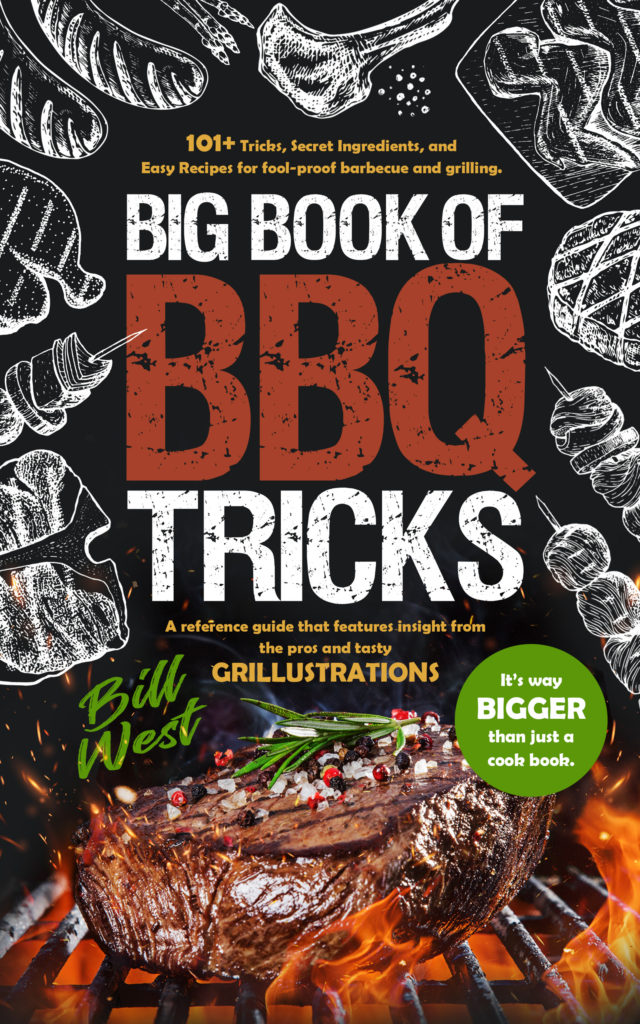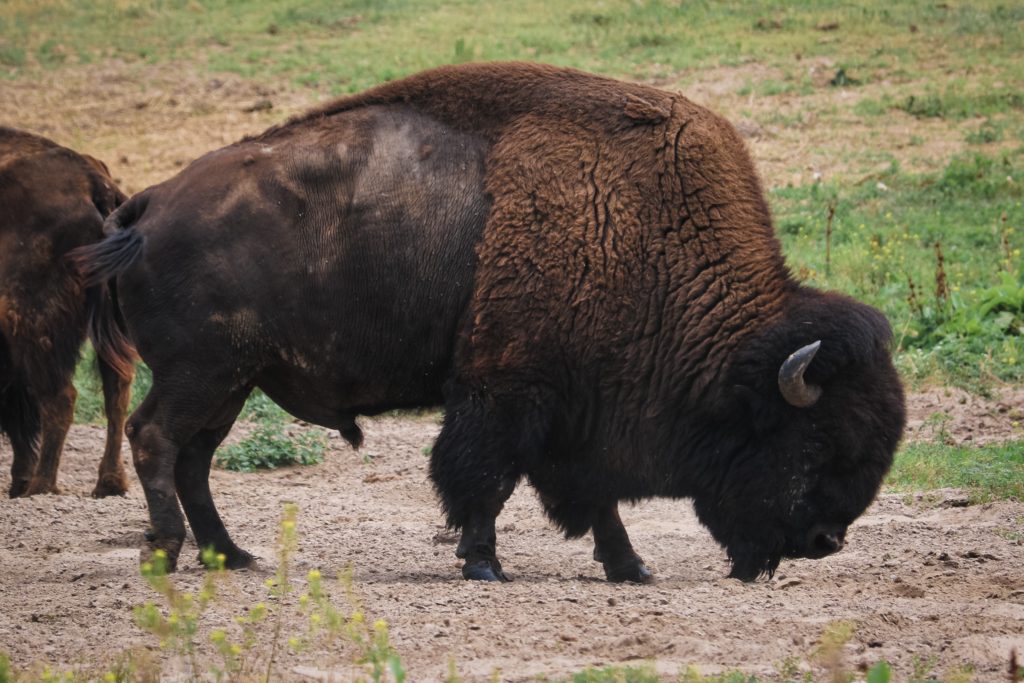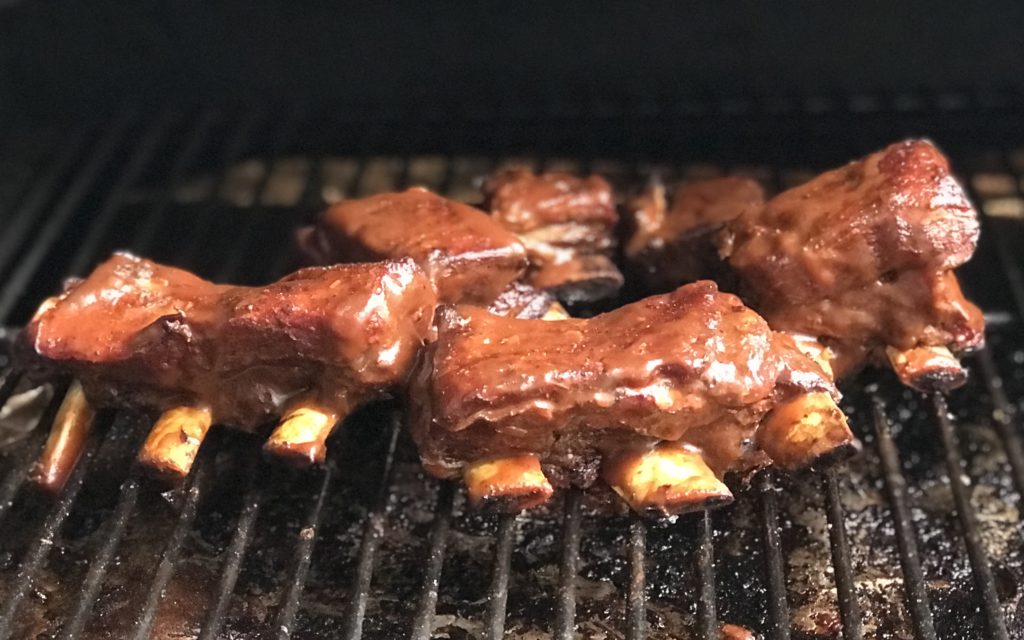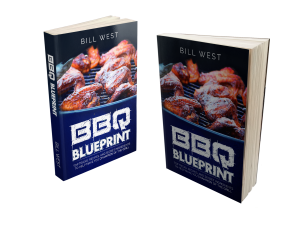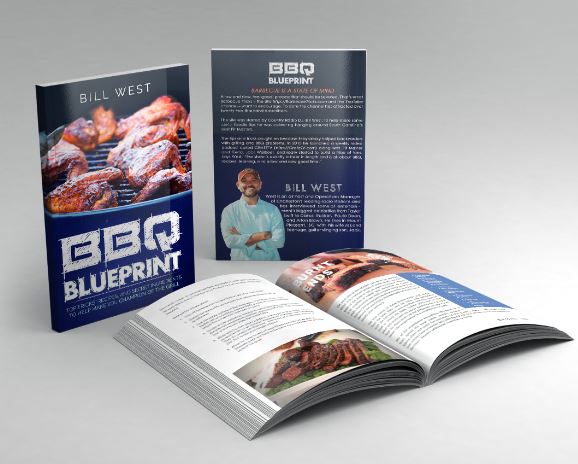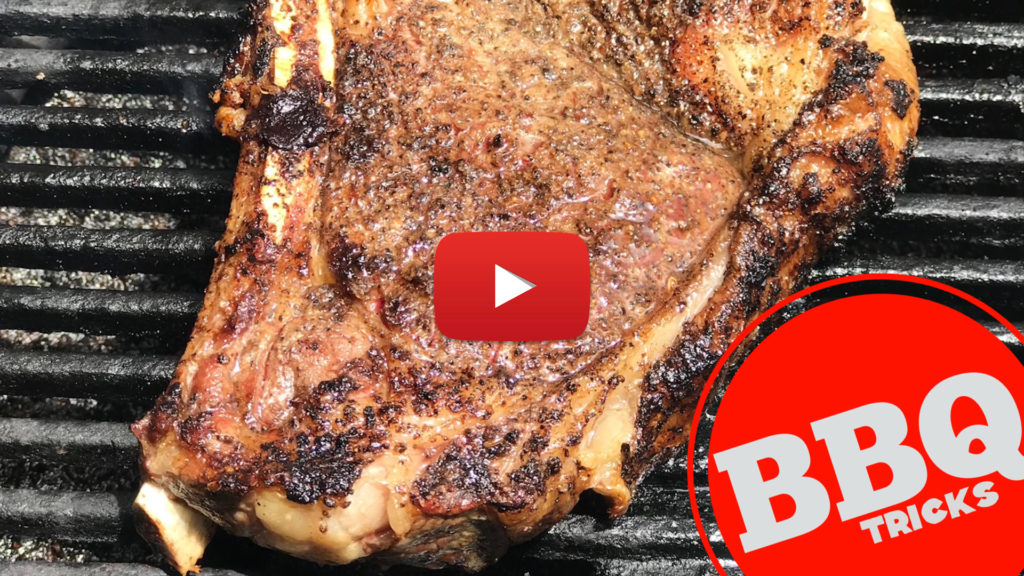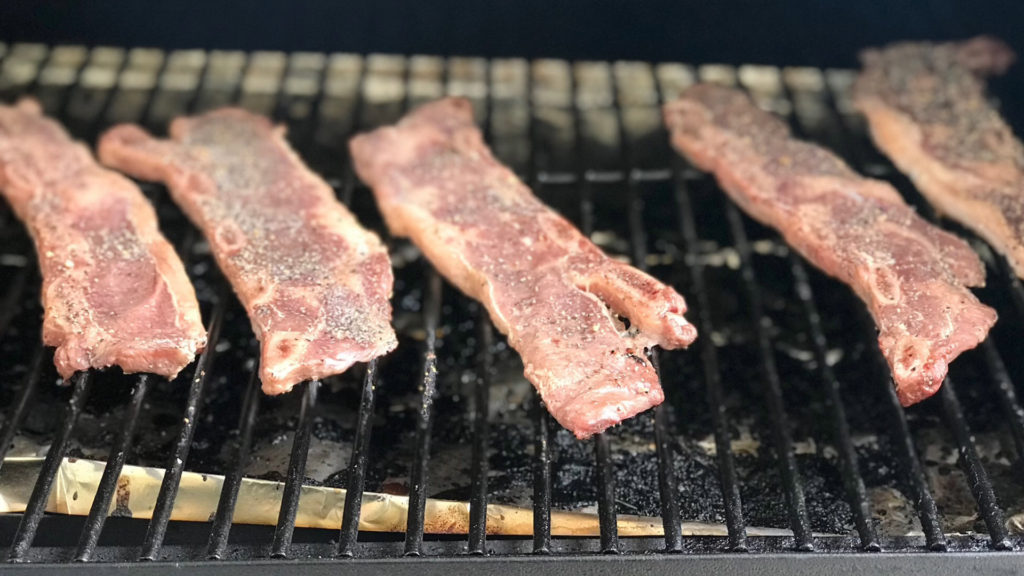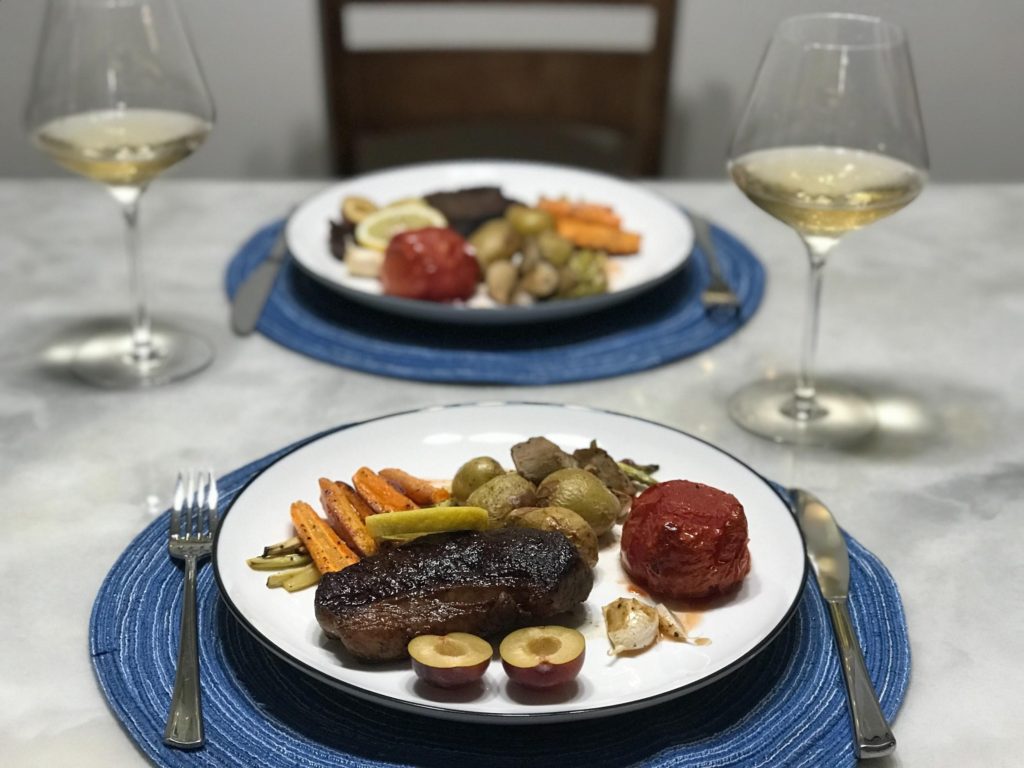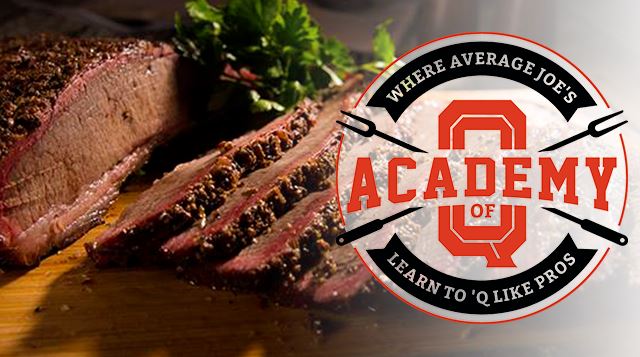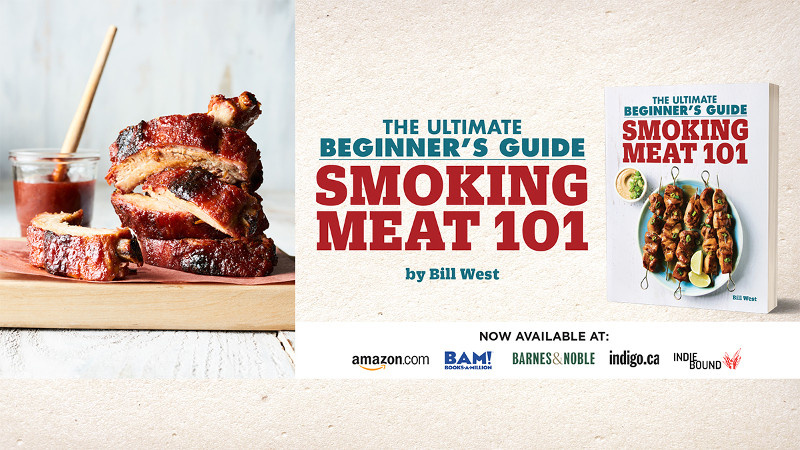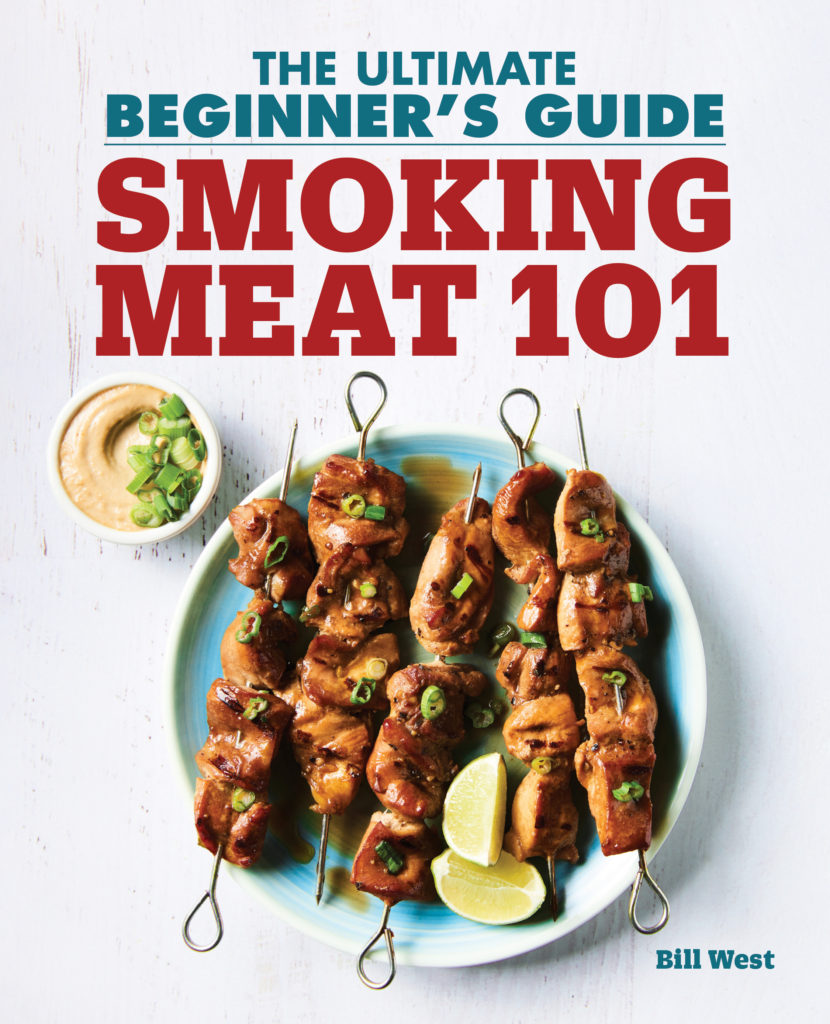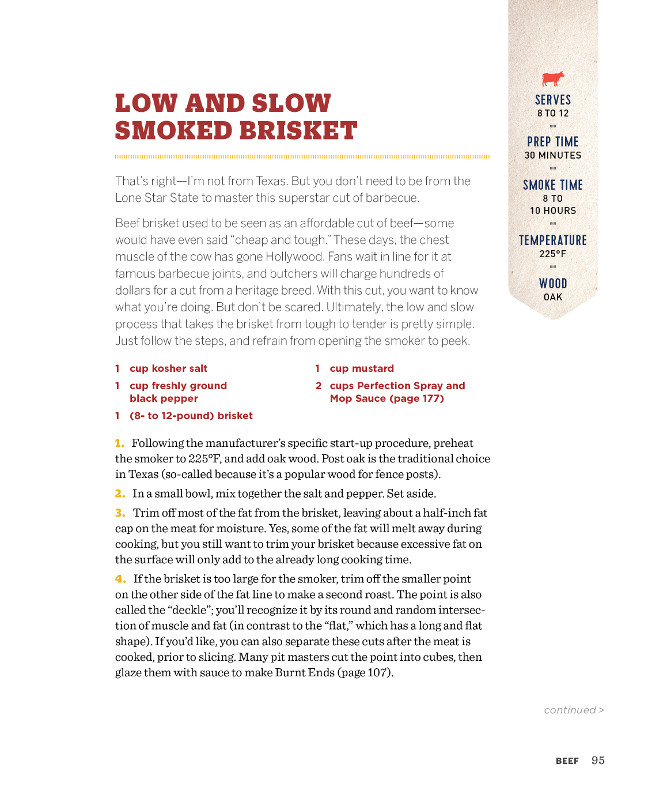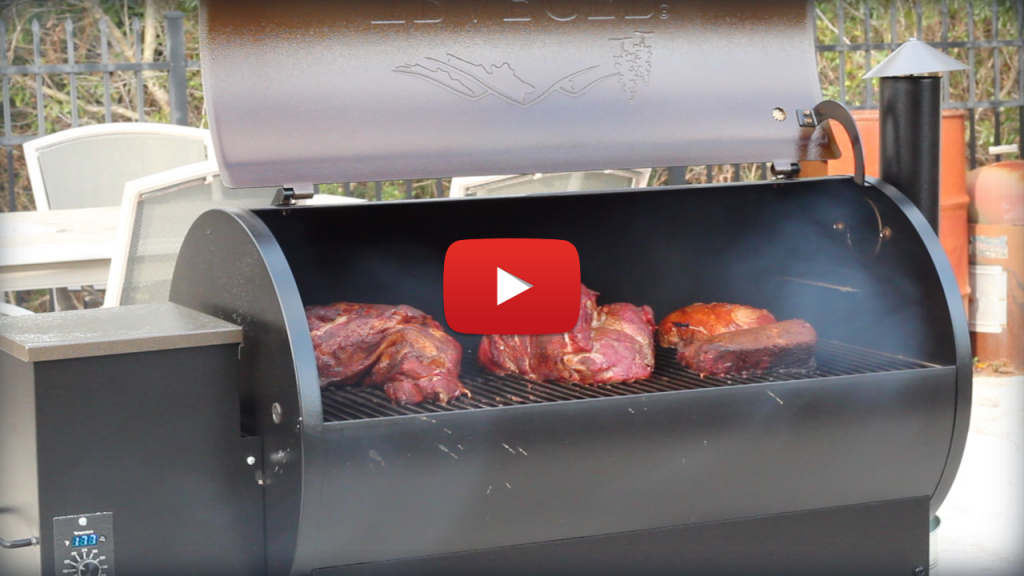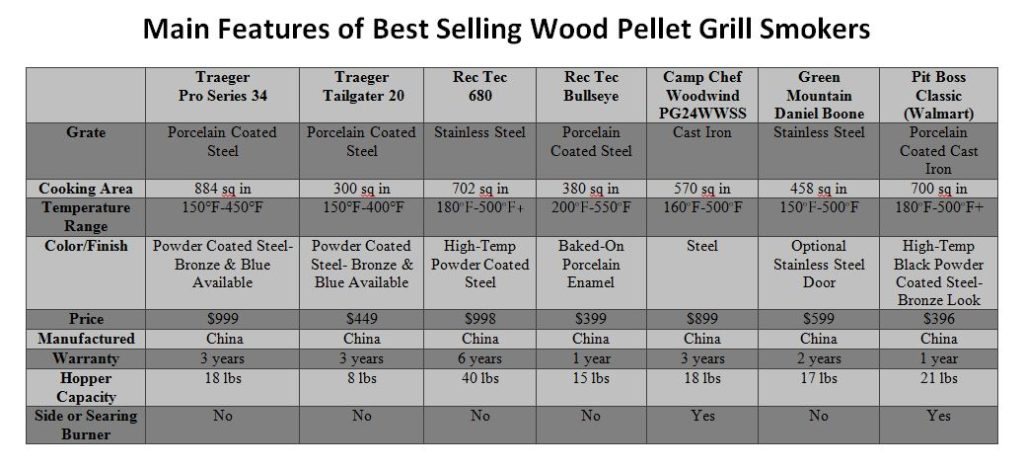Outdoor Cooking Hacks to Elevate Your BBQ Game to the Next Level
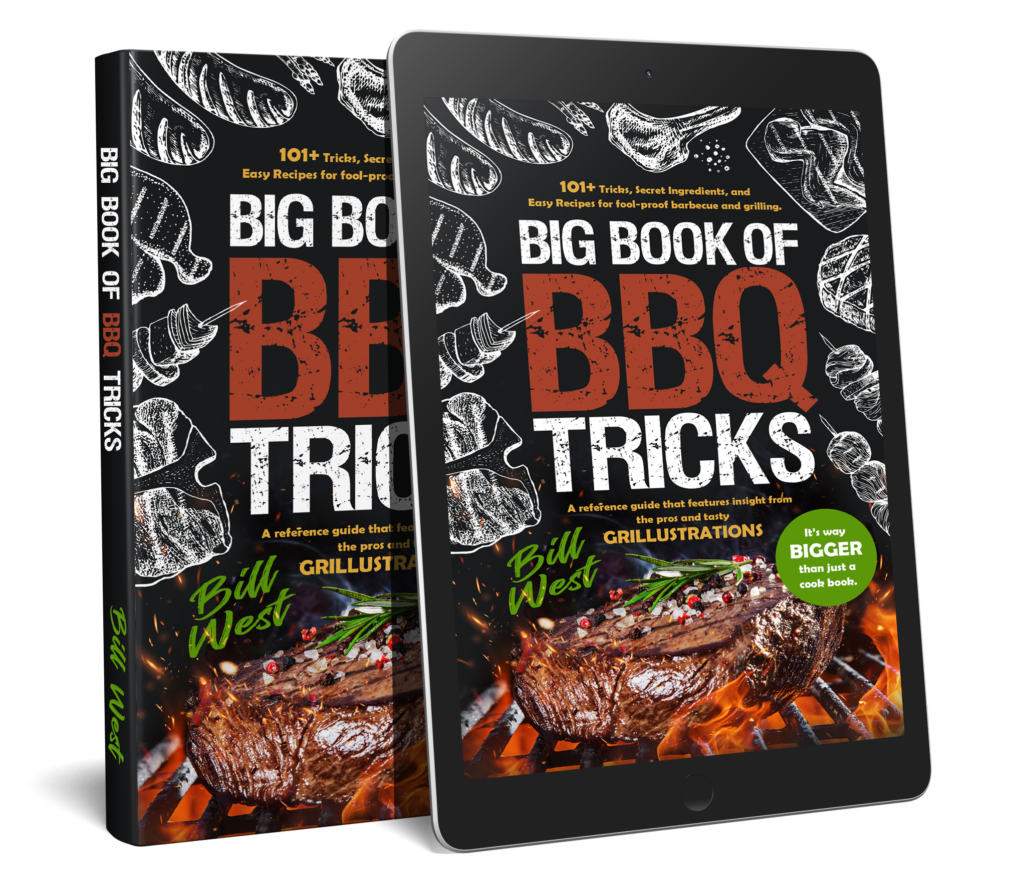
Outdoor Cooking Hacks to Elevate Your BBQ Game to the Next Level
The 5th cookbook from American South BBQ author, Bill West,offers timesaving tips and tricks to get smokin’ hot results from your grill. Packed with succulent smoked and grilled meat cooking, sizzling choice fish and seafood, decadent slathering sauces and toppings, plus savory side dishes, herbs, spices, and condiments.
We have a new book coming out on the 17th! It’s the Big Book of BBQ Tricks and it’s loaded with over 101 tips, tricks, recipes and more.
Order here NOW
The 5th cookbook from American South BBQ author, Bill West, offers timesaving tips and tricks to get smokin’ hot results from your grill. Packed with succulent smoked and grilled meat cooking, sizzling choice fish and seafood, decadent slathering sauces and toppings, plus savory side dishes, herbs, spices, and condiments.
Rub, mop, chop, and smoke your way to finger-lickin’ backyard greatness. In this book:
- Tips, Tricks & Techniques
- 114 Tested & Tasty Recipes
- Cool Tools
- Handy Meat Cheat Sheet
- “Talking Chop” Interviews with Pros (transcribed from the audio book)
- Types of Grills & Smokers
- Secret Ingredients
- Tasty Side Notes for Pairing Side Dishes
